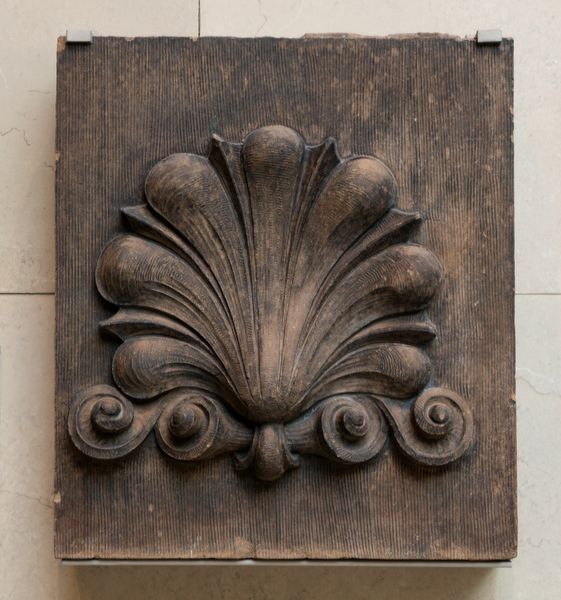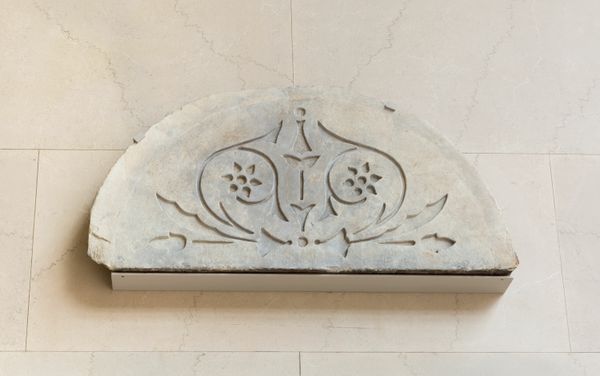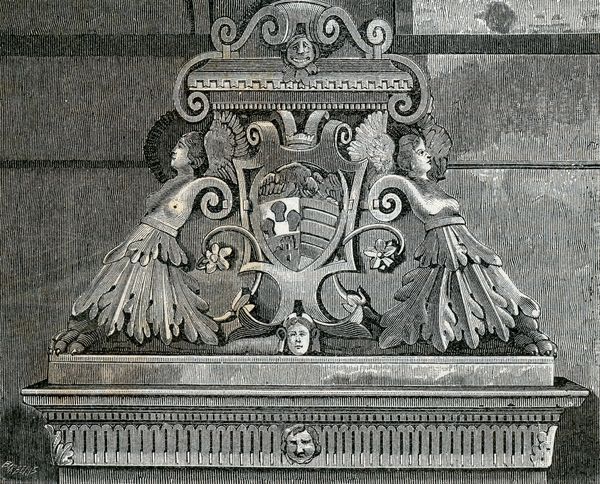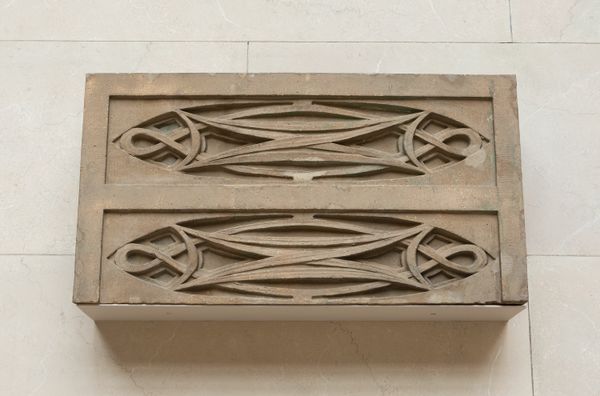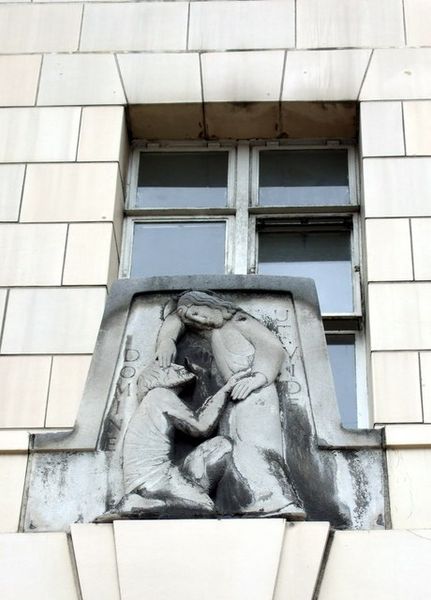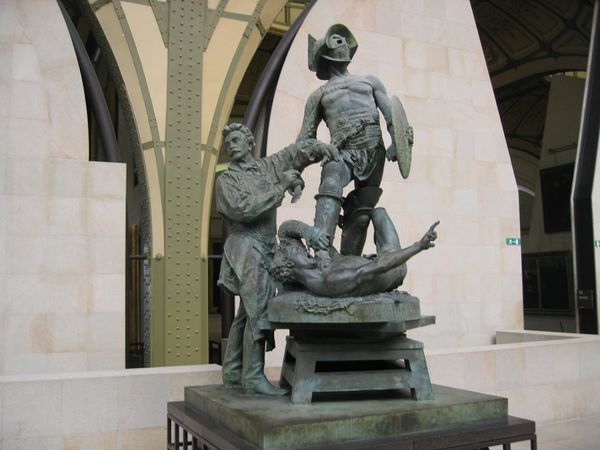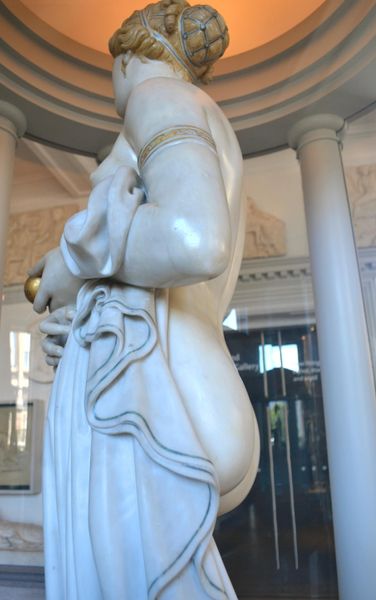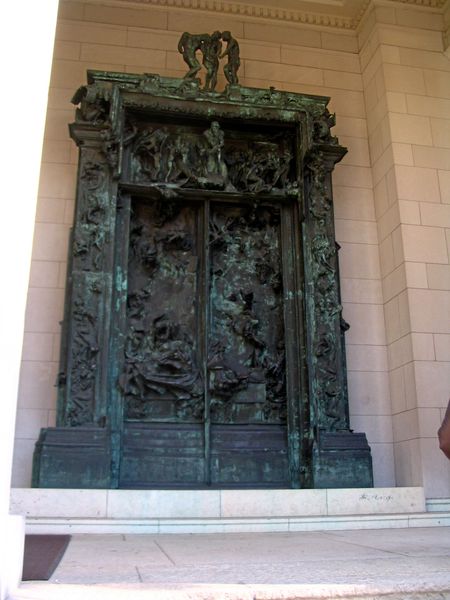
Winged Victory Figure, from the Cornice of the Title Guarantee Building 1898
0:00
0:00
sculpture, marble, architecture
#
stone
#
sculpture
#
figuration
#
sculpture
#
marble
#
architecture
Dimensions: Top: 96 × 81 × 40 cm (38 × 32 × 16 in.); middle: 66 × 50 × 45 cm (26 × 20 × 18 in.); bottom: 51 × 28 × 25 cm (20 × 11 × 10 in.)
Copyright: Public Domain
Editor: Here we have Eames and Young’s "Winged Victory Figure," a marble sculpture from 1898, originally part of the Title Guarantee Building's cornice. The figure is both classical and somber. What strikes you when you look at this, thinking about its context? Curator: I’m immediately drawn to the means of its production and where it originally resided. Cornices served a purpose. These were crafted as part of building projects deeply rooted in capital. I see it as less about pure artistic expression and more about the socio-economic machine churning it out. The marble itself...where was it sourced? Who were the laborers, the stonecutters who shaped this winged figure? Editor: So you're emphasizing the materials and the labor behind it rather than just the finished product? Curator: Precisely. How many sets of hands touched that marble? How does that contrast with the symbol of "Victory" and what the Title Guarantee Building stood for, who benefited from those titles? Did the laborers benefit? Editor: It definitely adds a new layer. The marble feels less pristine, knowing it represents potentially exploitative labor. Curator: Think also about how removing this figure from the building changes it. Is it now purely art? Has it lost its original context? What do you make of that shift in its meaning based on that dislocation? Editor: It highlights how entwined art and social structures really are. I’ll definitely look at architectural sculpture differently from now on, not just as aesthetics but as material evidence of specific historical processes. Curator: Exactly, and the next time, look at it as the conclusion of work relations and processes, from its materials to the people who handled them.
Comments
No comments
Be the first to comment and join the conversation on the ultimate creative platform.



